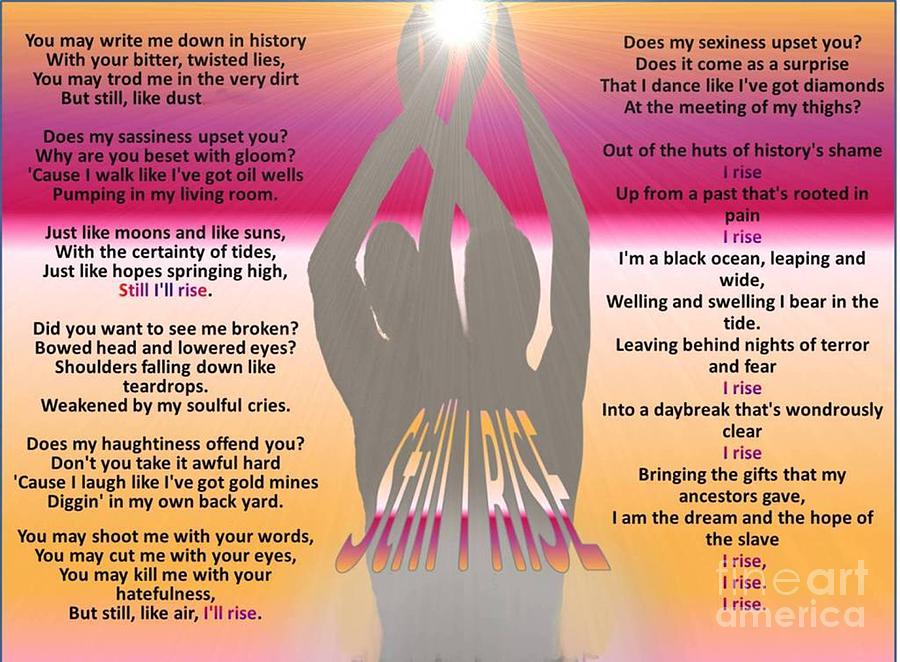Charlottes's Web written by E.B. White and illustrated by Garth Williams is an a adventure filled book that make you laugh and cry. This is a excellent chapter book for students to read. Charlotte's Web is a fantasy book that tells the story of a pig named Wilber and the friends he meet throughout his farmlife journey. Charlotte is a spider who encourage and uplift Wilber by spinning messages on her web. She also teaches him manners and gives him advise. Throughout the story Charlotte is the conscious character that provides the strength and wisdom to the other characters, especially Wilbur. This is a great story of how such the smallest character can make such a big difference in the story.
According to page 24 in Literature and the Child, fantasy is "believable, consistent, logical world, clearly defined conflict, and strong characterization". Charlotte's Web adheres to those terms.
Charlotte's Web is one of my many favorite childhood books. This book has a great message and keeps the reader wanting to read more. Wilber starts out as a helpless runt and ends up a strong confidant character. The storyline is excellent and the book has a great message.
1. Have the students write an acrostic poem about Wilbur. Begin each line with a word that starts with Wilbur: W, I, L, B, U, R
2. Use a worksheet. Have the students name the parts of a spider.
3. Using a worksheet. Have the students create the life cycle of a spider.
4. Using a created worksheet. Have the students list the descriptions with the correct character.
5. Have the students act out their favorite scene in the book.
Reader's Response Questions:
1. Who is Charlotte?
2. Why was Zimmerman going to kill Wilbur when he was a baby?
3. Name all of the characters who lived in the barn.
4. What did Wilbur when first place in?
5. What do you think is the authors purpose? Why?
6. Did you like the story? Why or why not?
References:
Galda, L., Cullinan, B.E., & Sipe, L.R. (2011). Literature and the Child. (7th ed., pp. 12, 24). Belmont: Wadsworth Pub Co.


















